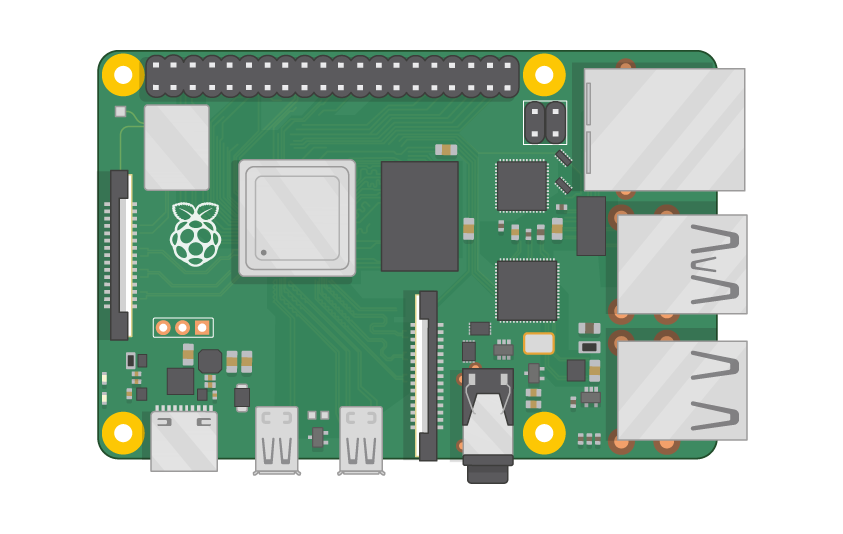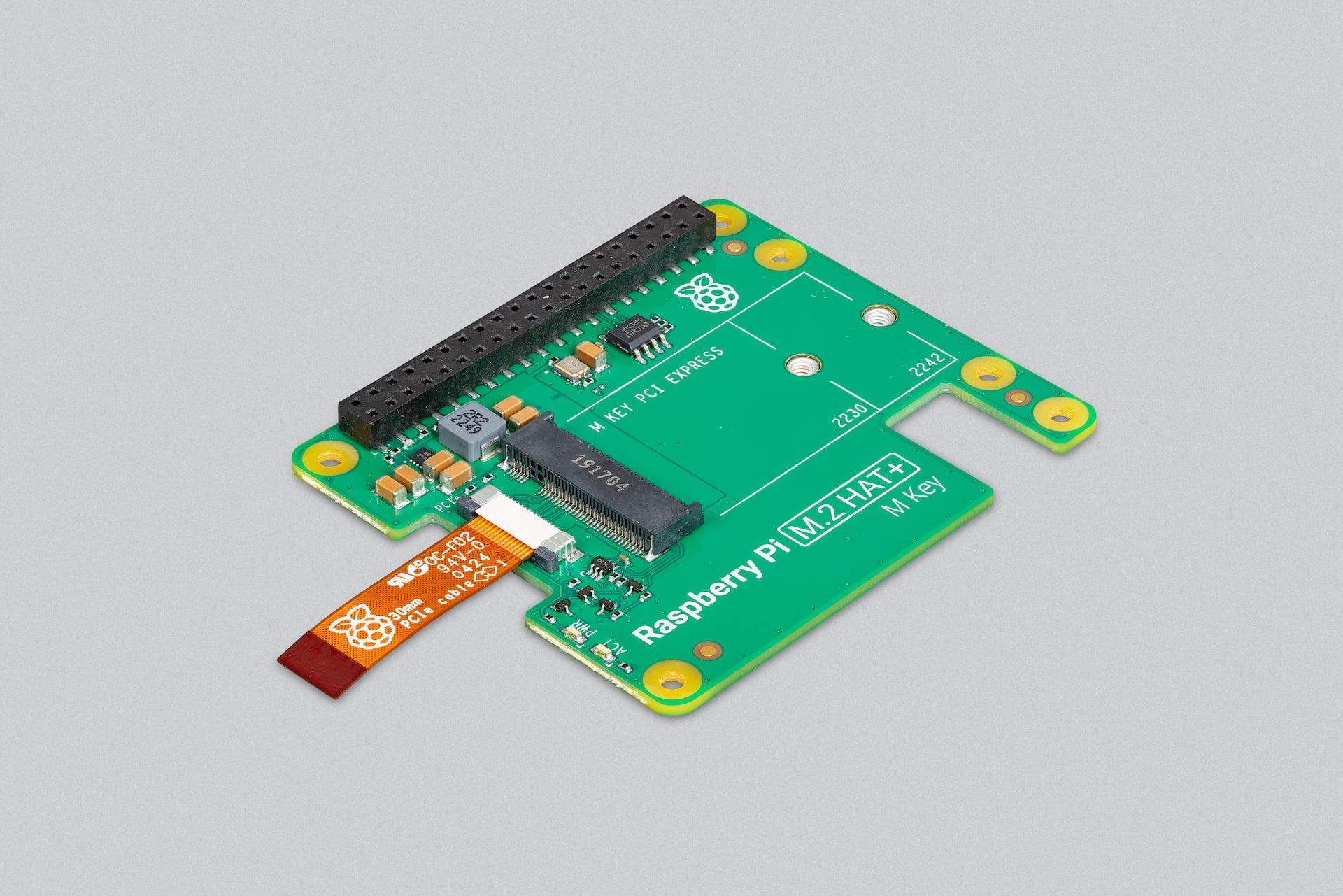Imagine having a tiny device that lets you manage your IT infrastructure from anywhere in the world – and the best part? It's absolutely free! Remote IT Raspberry Pi free solutions are taking the tech world by storm. With the growing demand for remote work and flexible IT management, Raspberry Pi has emerged as a game-changer for individuals and businesses alike. This little powerhouse can revolutionize how you handle your tech needs without breaking the bank.
Picture this: you're lounging on a beach in Bali, sipping a cold drink, while simultaneously monitoring your server back home. Sounds like a dream, right? Well, with Raspberry Pi, it's not just a dream – it's a reality. This pocket-sized computer is capable of performing tasks that once required expensive hardware, all while giving you the freedom to work remotely without any hassle.
Remote IT Raspberry Pi free solutions are more than just a buzzword; they're a practical solution for anyone looking to streamline their IT operations. Whether you're a tech enthusiast, a small business owner, or someone who simply wants to explore the possibilities of remote computing, this article will guide you through everything you need to know. From setting up your Raspberry Pi to optimizing it for remote access, we’ve got you covered.
Read also:Salice Rose Nude The Ultimate Guide To This Timeless Beauty Trend
Why Raspberry Pi is the Ultimate Remote IT Solution
Let's dive into why Raspberry Pi is such a big deal in the world of remote IT. First off, it's compact, affordable, and packed with potential. Unlike traditional servers that can cost thousands of dollars, Raspberry Pi offers a cost-effective alternative that doesn't skimp on functionality. It's like having a supercomputer in your pocket, but instead of playing games, you can use it to manage your entire IT infrastructure.
Here’s a quick rundown of what makes Raspberry Pi stand out:
- Compact Size: It fits in the palm of your hand, making it easy to transport and set up anywhere.
- Energy Efficient: Raspberry Pi consumes minimal power, which is great for both your wallet and the environment.
- Highly Customizable: You can tweak and tailor it to meet your specific IT needs, whether it's running a web server or automating home systems.
- Community Support: There's a massive community of developers and enthusiasts who are constantly creating new tools and resources for Raspberry Pi users.
When it comes to remote IT, Raspberry Pi free solutions are a no-brainer. You don't have to invest in expensive software or hardware to get started. All you need is a Raspberry Pi, a stable internet connection, and a bit of know-how, and you're good to go.
Setting Up Your Raspberry Pi for Remote IT
Now that you know why Raspberry Pi is such a great option for remote IT, let's talk about how to set it up. The process might seem a bit daunting at first, but with the right guidance, it's actually quite straightforward. Here's a step-by-step guide to get you started:
Step 1: Gather Your Materials
Before you begin, make sure you have everything you need. You'll need a Raspberry Pi board (preferably the latest model), a microSD card with at least 16GB of storage, a power supply, and a keyboard and mouse. If you're planning on setting it up remotely, you'll also need a computer to connect to it via SSH.
Step 2: Install the Operating System
The next step is to install an operating system on your Raspberry Pi. The most popular choice is Raspberry Pi OS, which is specifically designed for the device. You can download it from the official Raspberry Pi website and use a tool like BalenaEtcher to flash it onto your microSD card.
Read also:Rewarding Good Behavior Lexi Luna A Comprehensive Guide
Step 3: Configure Your Network
Once your operating system is installed, it's time to configure your network settings. Make sure your Raspberry Pi is connected to the internet via Ethernet or Wi-Fi. You can do this by going to the network settings in Raspberry Pi OS and entering your Wi-Fi credentials.
And there you have it – your Raspberry Pi is now ready to be used for remote IT tasks. With just a few simple steps, you've set up a powerful tool that can handle a wide range of IT operations.
Exploring Remote IT Raspberry Pi Free Solutions
Now that your Raspberry Pi is up and running, let's explore some of the free solutions available for remote IT management. One of the biggest advantages of Raspberry Pi is its compatibility with a wide range of open-source software, which means you can access powerful tools without spending a dime.
Tool 1: SSH for Secure Remote Access
SSH (Secure Shell) is one of the most popular tools for remote IT management. It allows you to securely connect to your Raspberry Pi from any location, as long as you have an internet connection. To enable SSH on your Raspberry Pi, simply go to the Raspberry Pi Configuration tool and enable the SSH option under the Interfaces tab.
Tool 2: VNC for Remote Desktop Access
Another great tool for remote IT is VNC (Virtual Network Computing). This allows you to access the desktop environment of your Raspberry Pi remotely, giving you full control over the device. To set up VNC, you can use the VNC Server app, which is available for free in the Raspberry Pi OS.
Tool 3: FileZilla for File Transfers
If you need to transfer files between your Raspberry Pi and another device, FileZilla is a great option. It's a free FTP client that makes it easy to upload and download files over the internet. Simply install FileZilla on your computer and connect to your Raspberry Pi via its IP address.
These are just a few examples of the many free tools available for remote IT management with Raspberry Pi. With a little bit of exploration, you can find the perfect combination of tools to meet your specific needs.
Optimizing Raspberry Pi for Remote IT
While setting up your Raspberry Pi is relatively simple, optimizing it for remote IT can take your experience to the next level. Here are a few tips to help you get the most out of your Raspberry Pi:
Tweak Your Settings
One of the easiest ways to optimize your Raspberry Pi is to tweak its settings. You can adjust the CPU frequency, memory allocation, and other parameters to improve performance. Just be careful not to overdo it, as pushing your Raspberry Pi too hard can lead to overheating.
Use a Static IP Address
If you're planning on using your Raspberry Pi for remote IT tasks, it's a good idea to assign it a static IP address. This ensures that your device always has the same IP address, making it easier to connect to it remotely. To set a static IP address, you can modify the dhcpcd.conf file in Raspberry Pi OS.
Install Updates Regularly
Keeping your Raspberry Pi up to date is crucial for maintaining its performance and security. Make sure to install updates regularly to ensure that you have the latest features and bug fixes. You can do this by running the 'sudo apt update' and 'sudo apt upgrade' commands in the terminal.
By following these tips, you can optimize your Raspberry Pi for remote IT and ensure that it runs smoothly and efficiently.
Benefits of Remote IT Raspberry Pi Free
There are countless benefits to using Raspberry Pi for remote IT, especially when you're doing it for free. Let's take a closer look at some of the key advantages:
Cost-Effective
One of the biggest benefits of Raspberry Pi is its affordability. You can set up a powerful remote IT system without spending a fortune on hardware or software. This makes it an ideal solution for individuals and small businesses on a budget.
Flexibility
Raspberry Pi is incredibly flexible, allowing you to customize it to meet your specific needs. Whether you're running a web server, automating home systems, or managing a network, Raspberry Pi can handle it all.
Community Support
With a massive community of developers and enthusiasts, you'll never be short of resources or support when using Raspberry Pi. From forums and blogs to YouTube tutorials, there's a wealth of information available to help you get the most out of your device.
These benefits, combined with the power and functionality of Raspberry Pi, make it an excellent choice for anyone looking to explore remote IT solutions.
Challenges and Solutions
While Raspberry Pi offers many advantages for remote IT, there are also some challenges to consider. One of the biggest challenges is ensuring the security of your device, especially when it's connected to the internet. Here are a few solutions to help you overcome these challenges:
Enable a Firewall
To protect your Raspberry Pi from unauthorized access, it's a good idea to enable a firewall. You can use tools like ufw (Uncomplicated Firewall) to set up a basic firewall that blocks unwanted traffic.
Use Strong Passwords
Another important step in securing your Raspberry Pi is using strong passwords. Avoid using common passwords or ones that are easy to guess, and consider enabling two-factor authentication for added security.
Regular Backups
Finally, make sure to perform regular backups of your Raspberry Pi. This ensures that you can restore your system in case something goes wrong. You can use tools like rsync or dd to create backups of your microSD card.
By addressing these challenges, you can ensure that your Raspberry Pi is secure and reliable for remote IT tasks.
Case Studies: Real-World Applications
To give you a better idea of how Raspberry Pi can be used for remote IT, let's take a look at some real-world applications:
Case Study 1: Home Automation
One of the most popular uses for Raspberry Pi is home automation. By connecting your Raspberry Pi to various smart devices around your home, you can control everything from your lights to your thermostat remotely. This not only makes your life more convenient but can also help you save money on energy bills.
Case Study 2: Web Server
Another common application for Raspberry Pi is setting up a web server. Whether you're hosting a personal website or running a small business, Raspberry Pi can handle the job with ease. With tools like Apache or Nginx, you can create a robust web server that's accessible from anywhere in the world.
Case Study 3: Network Monitoring
Raspberry Pi is also a great tool for network monitoring. By installing software like Nagios or Zabbix, you can keep an eye on your network performance and identify potential issues before they become major problems.
These case studies demonstrate the versatility and power of Raspberry Pi for remote IT applications.
Conclusion: Embrace the Power of Raspberry Pi
In conclusion, remote IT Raspberry Pi free solutions offer a cost-effective, flexible, and powerful way to manage your IT infrastructure from anywhere in the world. Whether you're a tech enthusiast, a small business owner, or someone who simply wants to explore the possibilities of remote computing, Raspberry Pi has something to offer everyone.
So why wait? Start exploring the world of remote IT with Raspberry Pi today! And don't forget to share your experiences and insights with us in the comments below. Who knows – you might just inspire someone else to take the leap into the world of remote IT.
Table of Contents
- Why Raspberry Pi is the Ultimate Remote IT Solution
- Setting Up Your Raspberry Pi for Remote IT
- Exploring Remote IT Raspberry Pi Free Solutions
- Optimizing Raspberry Pi for Remote IT
- Benefits of Remote IT Raspberry Pi Free
- Challenges and Solutions
- Case Studies: Real-World Applications
- Conclusion: Embrace the Power of Raspberry Pi


